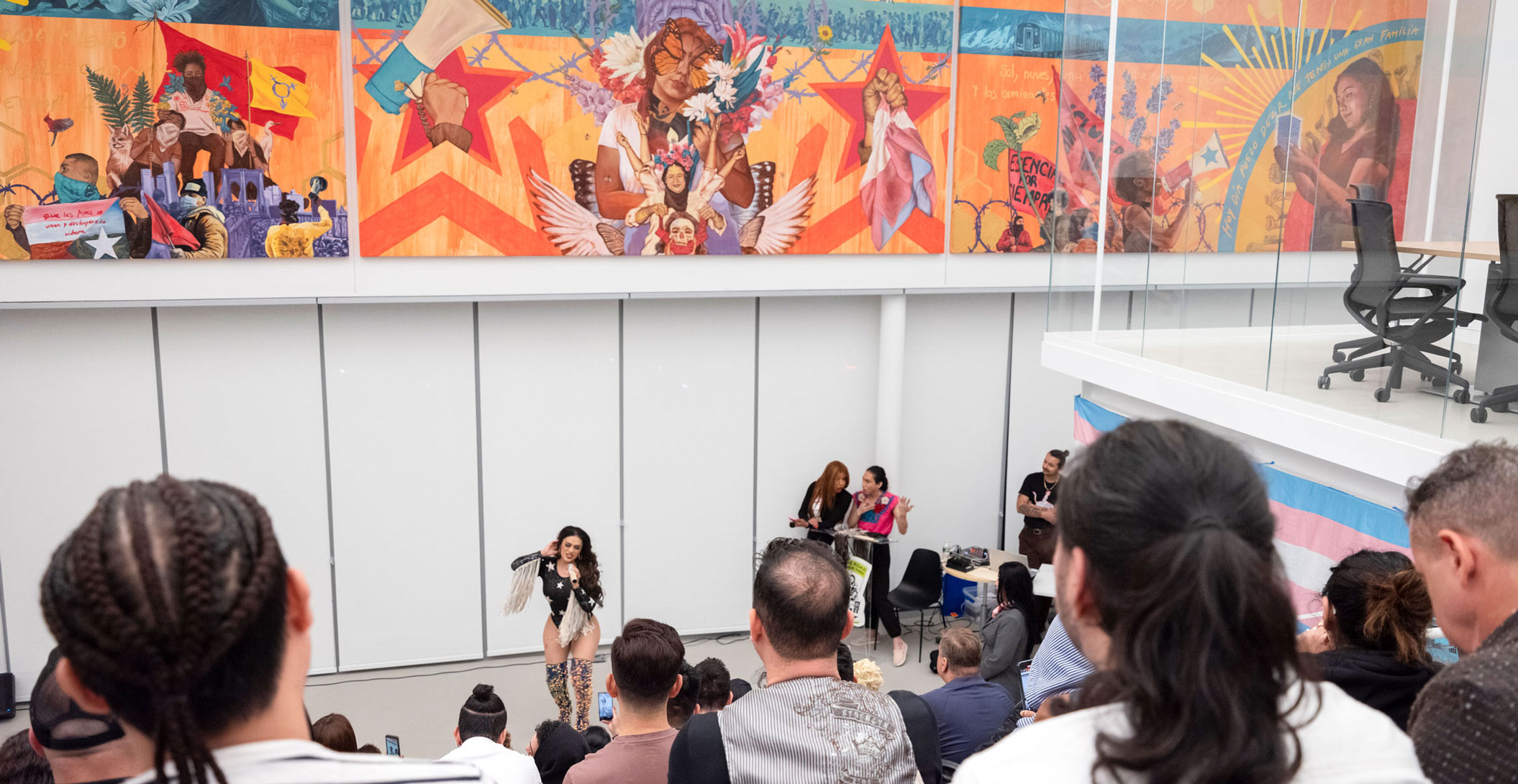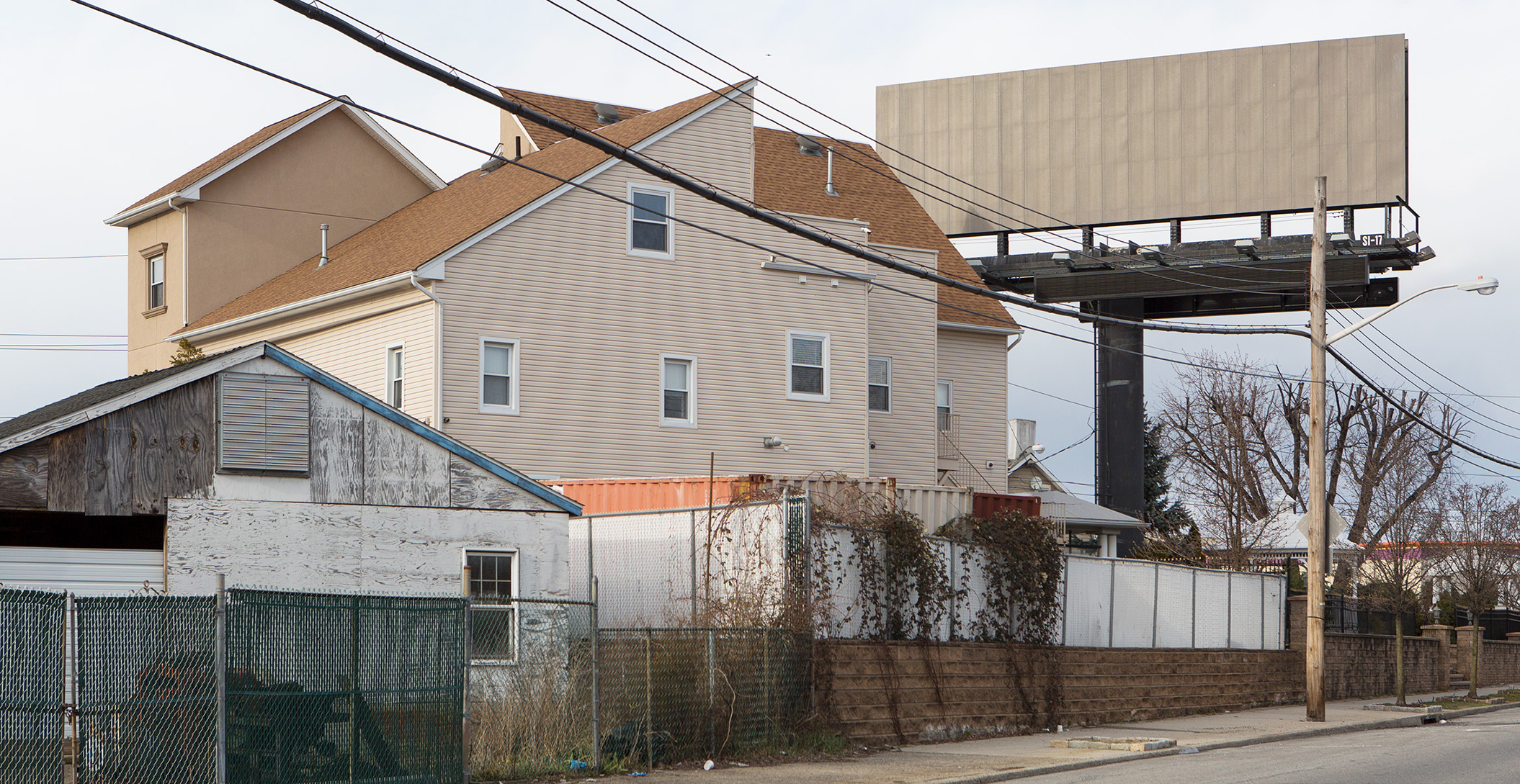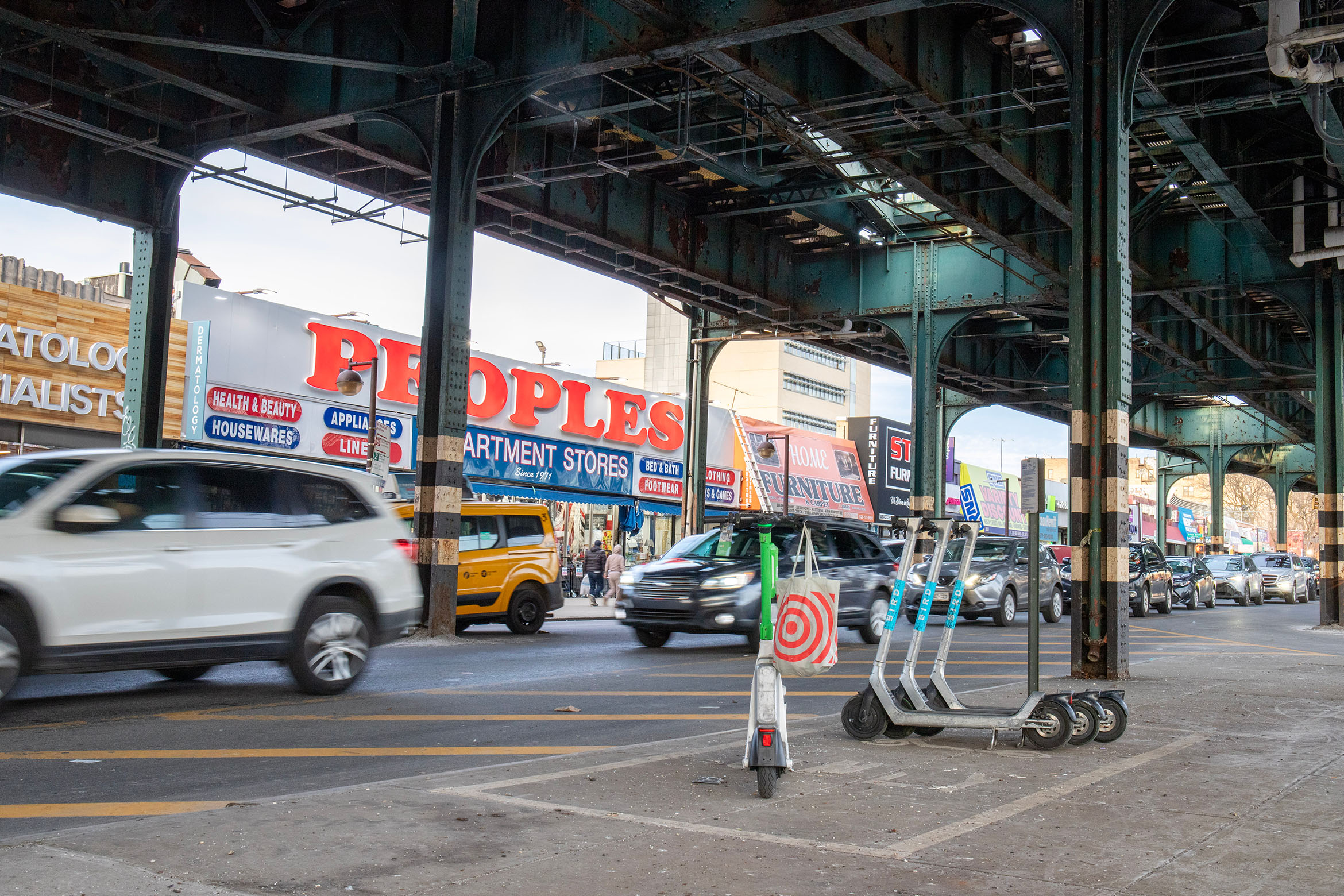
Permanent Resident
The new Queens headquarters of Make the Road New York is designed as a beacon for its working-class, immigrant community. The story of the building closely tracks larger struggles to make a stable, secure home in the city.
The World is About to Turn
In the weekly Jericho Walk, New Sanctuary Coalition and allies confront a site of darkness and fear for many immigrants, and make sure that friends are not alone in their journey.
Seneca Village, Envisioned
No visual records remained after a thriving, majority Black village was cleared to make way for Central Park. A multidisciplinary team is using historical research, digital modeling, and informed speculation to return the community to our collective imagination.

Sign Off
Blank billboards speak to power struggles, policy gaps, and shifting priorities for New York City’s public realm.
Neither Here Nor There
Globally connected and stubbornly self-contained, Flushing, Queens, has never conformed to conventional planning wisdom. In the post-pandemic realm of digital dissociation and global isolation, is it more unmoored than ever?
Networked Nursery
Preserving and propagating the city's autochthonous flora, Staten Island's Greenbelt Native Plant Center is at the center of an unseen infrastructure of ecological restoration and climate adaptation.

Shared e-scooter services around the city’s edges are a first step in the long road to micromobility.
A Tentative Rollout
